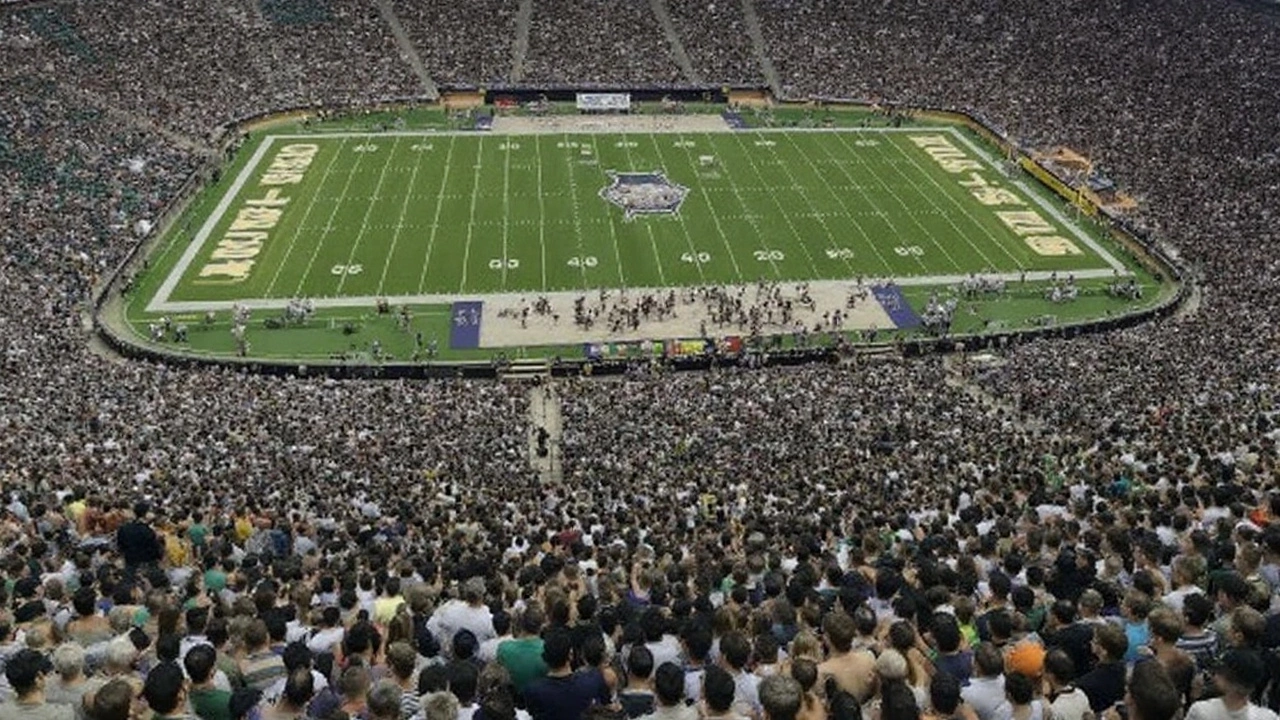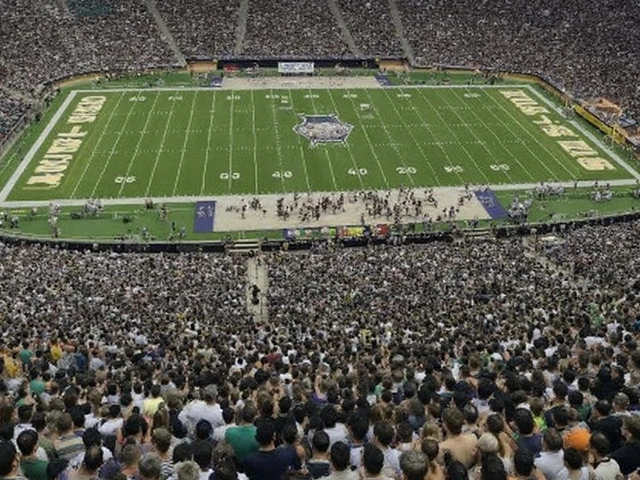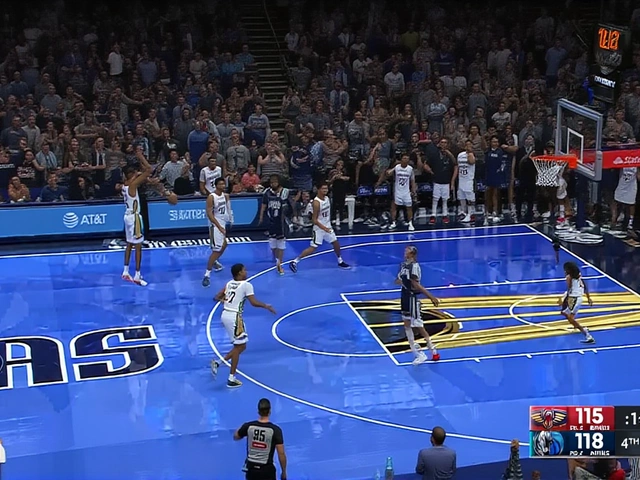Fans searching for who would dress and who wouldn’t before Texas A&M vs Notre Dame ran into a dead end. The usual pregame absences notebook that local followers rely on wasn’t available in the results many people were checking. Meanwhile, the game itself turned into a one-point shootout, with Texas A&M edging Notre Dame 41–40 on Sept. 13, 2025. That only raised the stakes for a simple question: who was actually available, and when did we know?
The gap matters. Availability shapes play-calling, special teams, and the two-deep on both sides. In college football, where there’s no unified, mandatory injury report, the pregame hour is often the first real look at who is in uniform. When that window of information goes missing, everyone—from fans to analysts—ends up piecing things together after the fact.
What’s confirmed after the 41–40 finish
Post-game coverage is clear on the result: Texas A&M won 41–40 at Notre Dame on Sept. 13, 2025. It was high-scoring and tight, the kind of game where one series, one substitution, or one late drive becomes the difference. Beyond the final score, reports have highlights and reactions, but the pregame absences notebook—the one that usually drops before kickoff—wasn’t in the mix of available search results.
Why does that stand out? Those pregame notes often include the dress list, last-minute scratches, and any surprises spotted during warmups. Without that, we’re left leaning on broadcast mentions and scattered observations from the sideline. It doesn’t change the result, but it does change how we understand what led to it.
A one-point margin hints at small edges deciding the outcome. Did a backup handle key snaps? Was a regular special-teams contributor out? Did a starter play limited reps? These are the kinds of details that come into focus with a solid pregame availability note—and stay fuzzy without it.

Why the pregame absences note may be missing—and why that matters
There’s a simple reason these gaps pop up: college football doesn’t run on a single national system for injury or availability reporting. Schools are not required to publish a standardized inactives list, and many don’t. The most reliable pregame intel often comes from on-site reporters who watch warmups, scan who’s in uniform, and cross-check the travel roster.
That process is fast, imperfect, and sometimes hampered by logistics. Here are common reasons a pregame absences post might not surface when fans expect it:
- Timing crunch: Warmups end close to kickoff. A quick post can be delayed by last-minute changes, credentialing hiccups, or simple bandwidth issues in a packed press box.
- Access limits: Some programs keep details tight. Reporters may see who’s dressed, but confirmations about why a player is out are rare.
- Editorial delays: A draft may be waiting on one more confirmation—who’s in the starting rotation, a special-teams change—pushing publication past kickoff.
- Tech snags: Content management systems and mobile uploads fail at the worst moments. If the post doesn’t publish on time, it can get buried after the game starts.
There’s also the privacy piece. Schools walk a fine line between being transparent and protecting student-athlete health information. That often results in vague wording ("available," "week-to-week," "game-time decision") and fewer firm declarations before kickoff.
When that pregame notebook is missing, fans and analysts lose context. A team’s rotation at receiver, the health of a left tackle, or the availability of a nickel corner can swing matchups. Special teams can change most of all—who holds, who returns, who covers on punts. Those little edges add up, especially in a 41–40 game.
What would the notebook usually tell you? Typically:
- Who’s not dressed and who’s in uniform after warmups
- Any expected starters who appear limited or working with trainers
- Late travel-roster additions or omissions
- Special-teams adjustments (new kick returner, different holder, backup long snapper)
Even small notes matter. If a starting safety is out, a defense might live in more two-high looks and rotate differently. If a starting guard can’t go, protections slide, and the run game may lean outside. If a kicker is unavailable, fourth-down decisions change.
So how do people piece things together when the pregame post isn’t there? They watch the broadcast for warmup mentions, follow beat reporters’ real-time observations, and compare early drives to what was expected on the depth chart. It’s not ideal, but it’s how college football has worked for years without a standardized reporting rule.
The bottom line from Saturday night is simple: Texas A&M left South Bend with a 41–40 win. The missing pregame absences post doesn’t change the score, but it does leave unanswered questions about who was available and how that shaped the flow. If and when a pregame notebook or a retroactive availability note surfaces, it will likely focus on the dress list, any late scratches, and position-group adjustments that showed up on the first few series. Until then, the context around the edges of a one-point game stays a little blurry.







